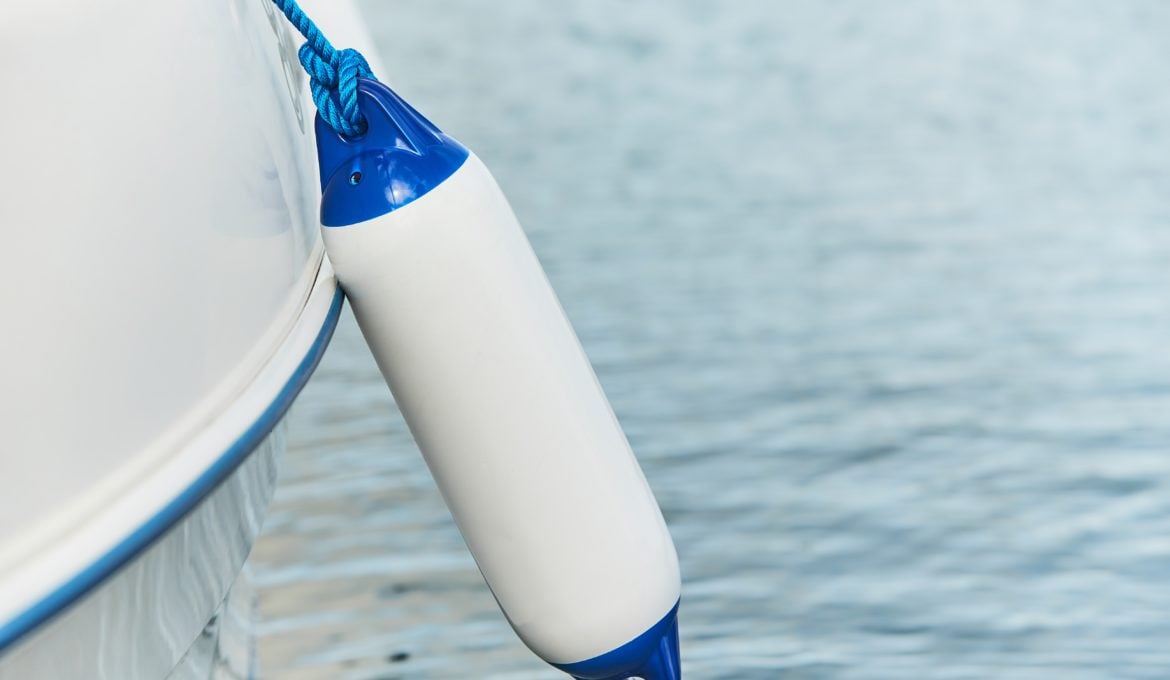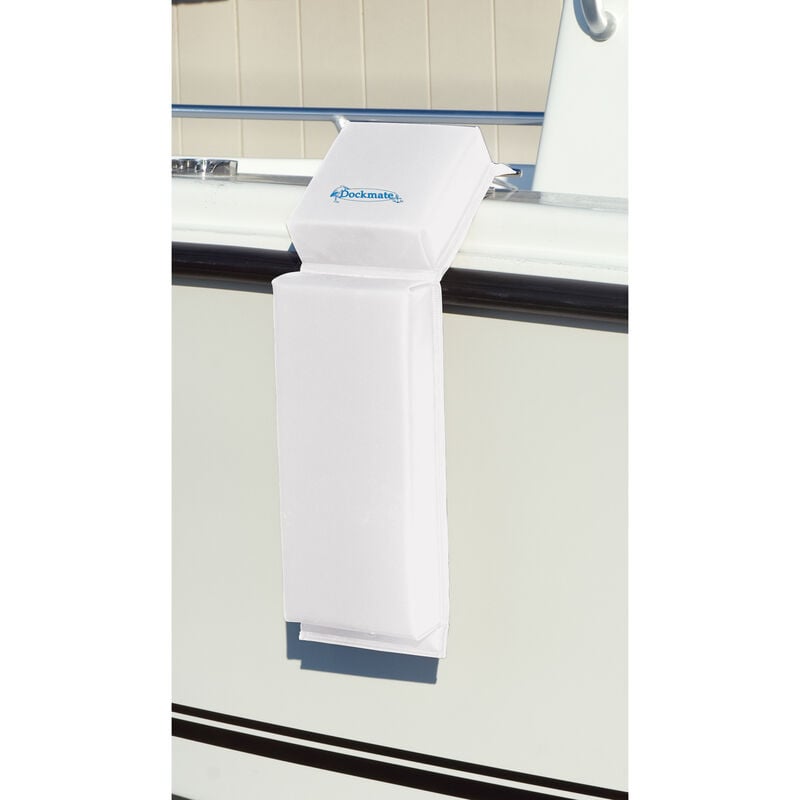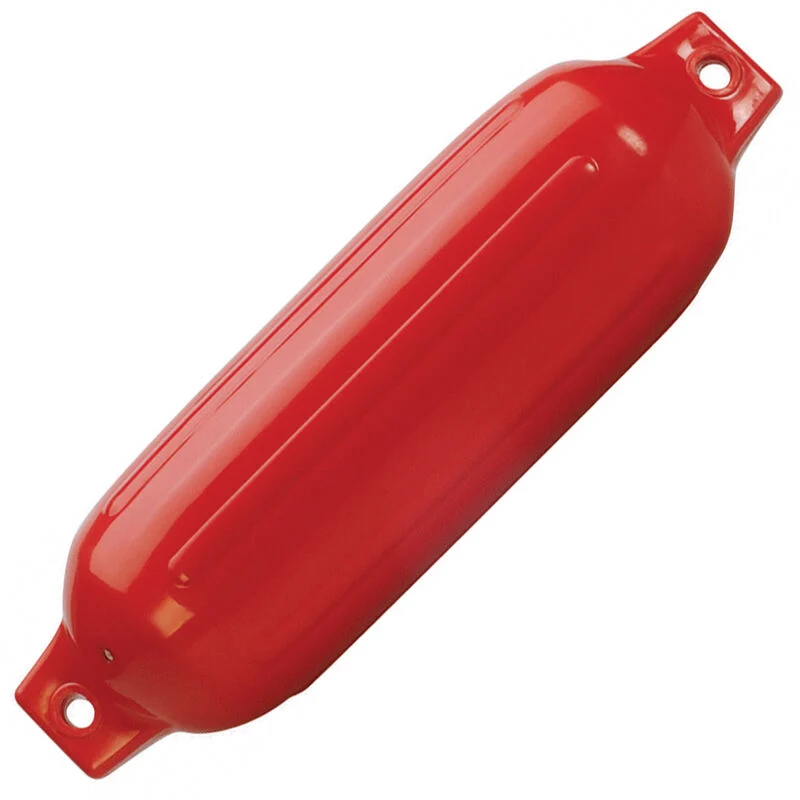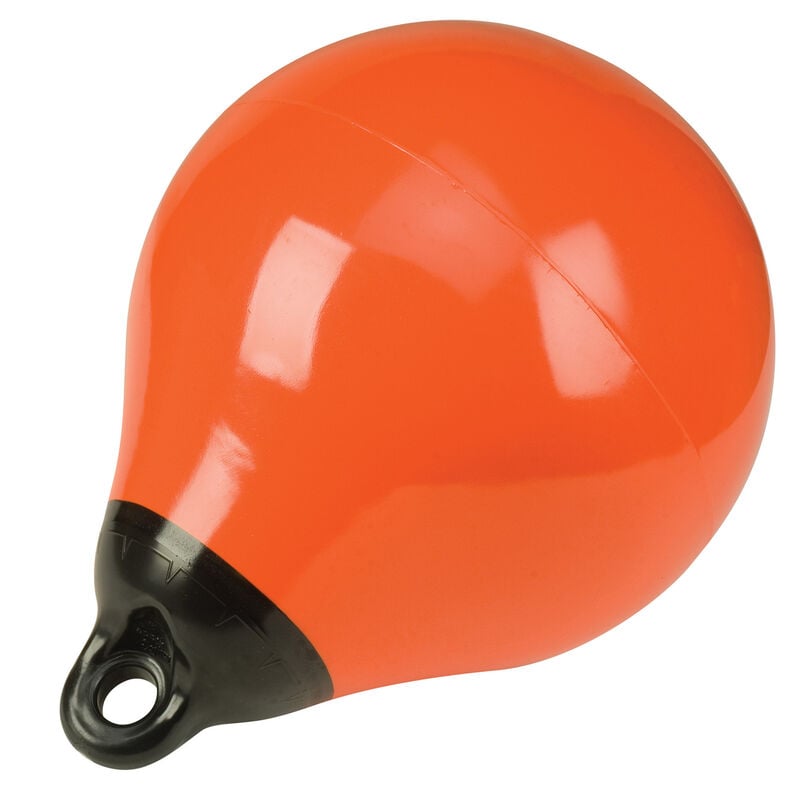Protecting your boat should never be an afterthought. The last thing you want is damage to your boat that prevents you from enjoying a day on the water. Boat damage also hurts your wallet because you neglected to protect your investment with boat fenders.
The good news is that boat fenders make it easy to dock your boat with peace of mind and know that it’s resting safely and securely. Choosing the best boat fender and learning how to tie boat fenders is a process every boat owner should know.
Not sure how? No worries! We’re all in this together.
How Boat Fenders Protect Your Boat
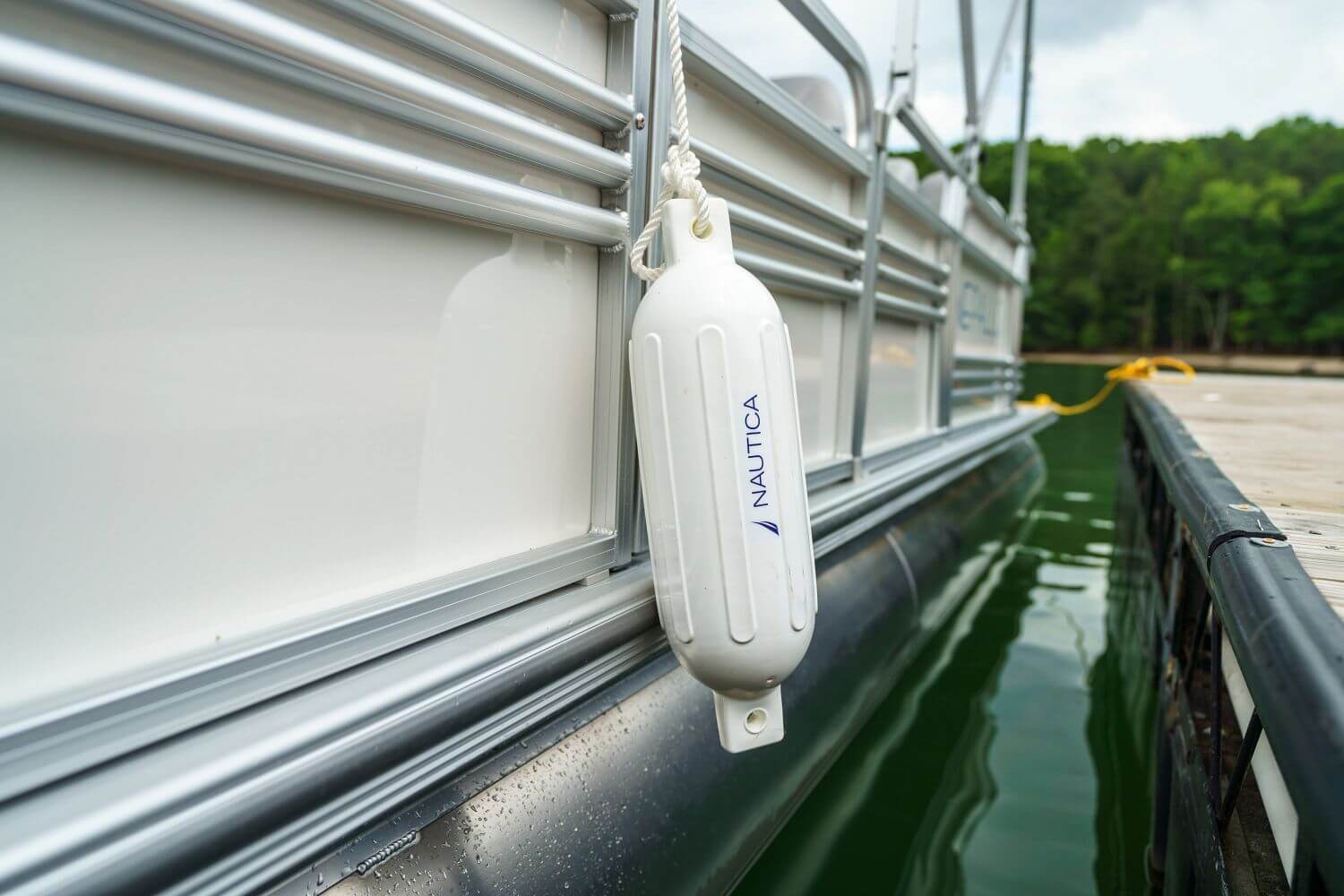
Before getting into the right boat fenders for your boat and how to tie them, it’s important to know how they’re protecting your boat.
Boat fenders are tied to the outside of your boat to create a buffer zone between your boat and whatever is next to it. Instead of your boat rubbing against the dock or other boats, boat fenders absorb rubbing or impacts to protect your boat’s exterior and minimize paint scratches, dents, and dings.
For example:
- Boats that dock, or raft, together typically place their fenders at the point of contact. Doing so prevents them from crashing into each other.
- Boats that are tied to a floating dock will often place their fenders above the waterline to create a buffer zone between the dock and the boat itself.
How to Choose a Boat Fender for Your Boat
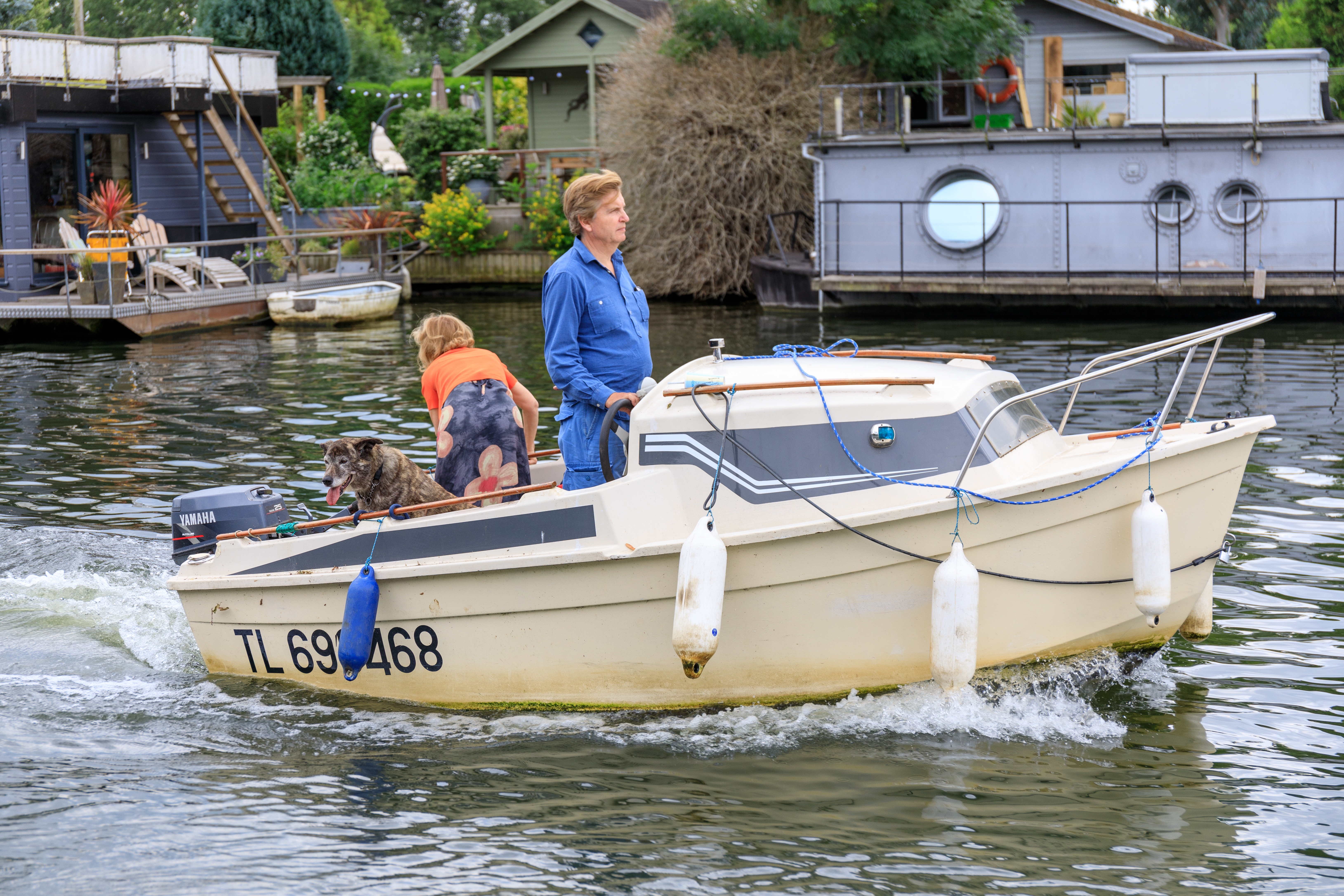
Choosing the right size boat fender ensures that your boat is properly protected and that the fenders will work as designed. There are three factors to consider when choosing boat fenders: size, placement, and quantity.
Choosing the Size of Your Boat Fender
The size of your boat fender depends largely upon the size of your boat. When in doubt, always go larger. The smaller the boat fender, the less protection it offers. In some cases, a small fender may even collapse or be smashed upon impact.
Placing Your Boat Fenders
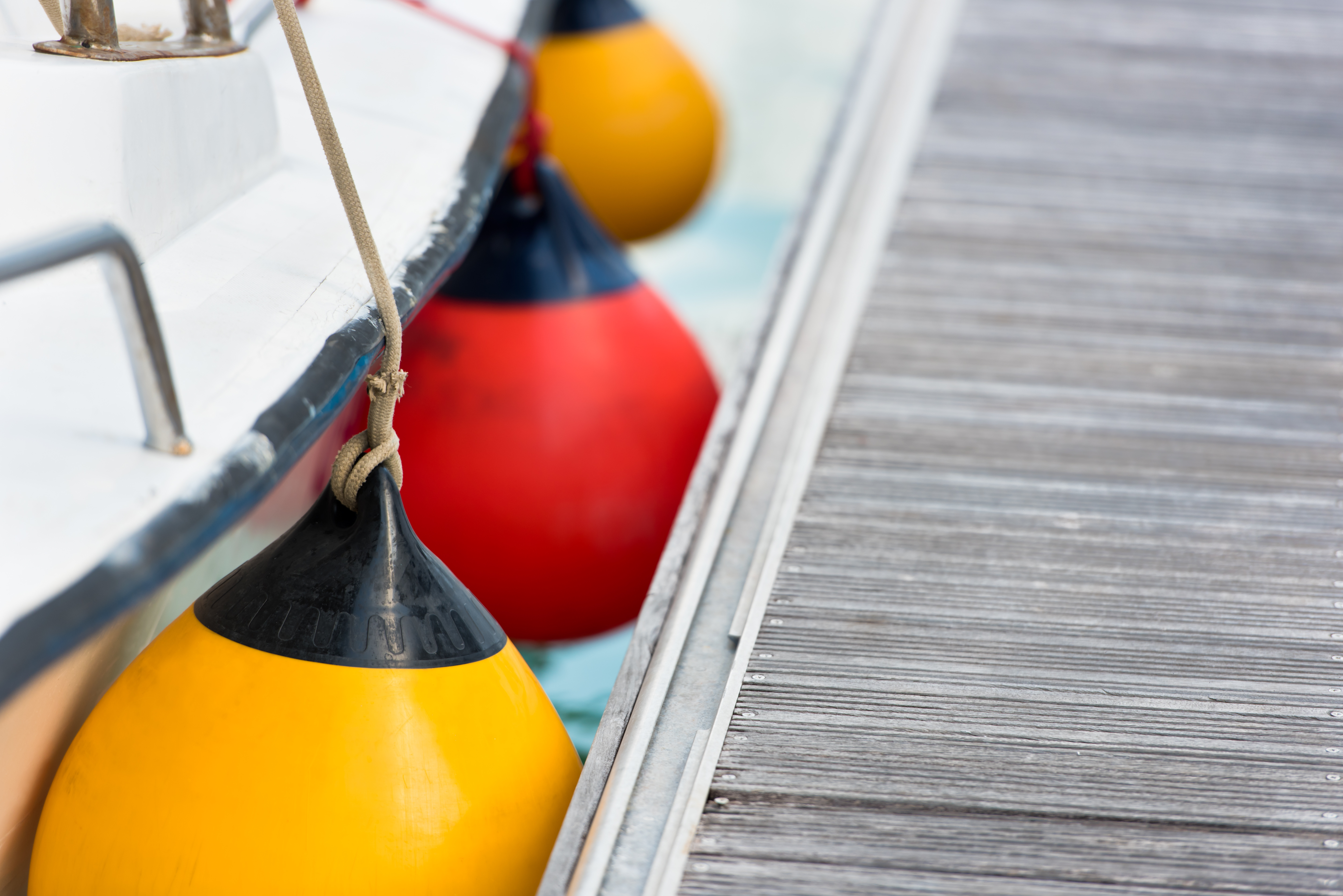
Placing your boat fenders along the side of your boat involves a bit of strategy. Aim to hang your boat fenders along the widest part of the hull, as that is the part of your boat most likely to be touched during docking.
But the hull isn’t the only place to hang boat fenders. You should also consider what your bow and transom could touch. Are you backing into the dock? Are you docking next to a jetty? Protect your boat with boat fenders on every side, if necessary.
Your boat fenders should also be hung at the correct height. The proper placement is determined by the height of the piling or dock you’re next to. Don’t forget to factor in the tide as well when docking your boat in the coastal region.
With floating docks, your fenders should be just above the waterline. Never feel bad about readjusting your boat fenders until they’re in the perfect place. Better safe than sorry applies here.
Choosing the Number of Boat Fenders for Your Boat
As a rule of thumb, every boat should have a minimum of three boat fenders. Any less and your boat isn’t sufficiently protected. If your docking situation puts your boat at risk of touching something beyond just one side, it’s wise to tie fenders on all sides that could be affected if your boat moves.
Consider having an extra fender, or two, just in case. Often referred to as a “roving fender”, this extra boat fender isn’t tied on in a certain place but can be used at the last minute if you notice it’s needed.
Types of Boat Fenders
When it comes to boat fenders, there are plenty of options to provide the best protection for your boat. Check out the most popular types below:
- Cylindrical Boat Fenders: The most common type of boat fenders, cylindrical fenders are available in double-eye and center-hole styles.
- Round Boat Fenders: Often the strongest type of boat fender, round fenders come in a range of sizes from 9 to 27 inches in diameter.
- Specialty Boat Fenders: For cases when a standard boat fender doesn’t offer the protection you need, a specialty fender can save the day with its unique shape.
Don’t forget to explore boat fender covers, fender pumps, and storage options to keep your boat fenders in tip-top shape and ready for use at all times.
How to Tie on Your Boat Fenders
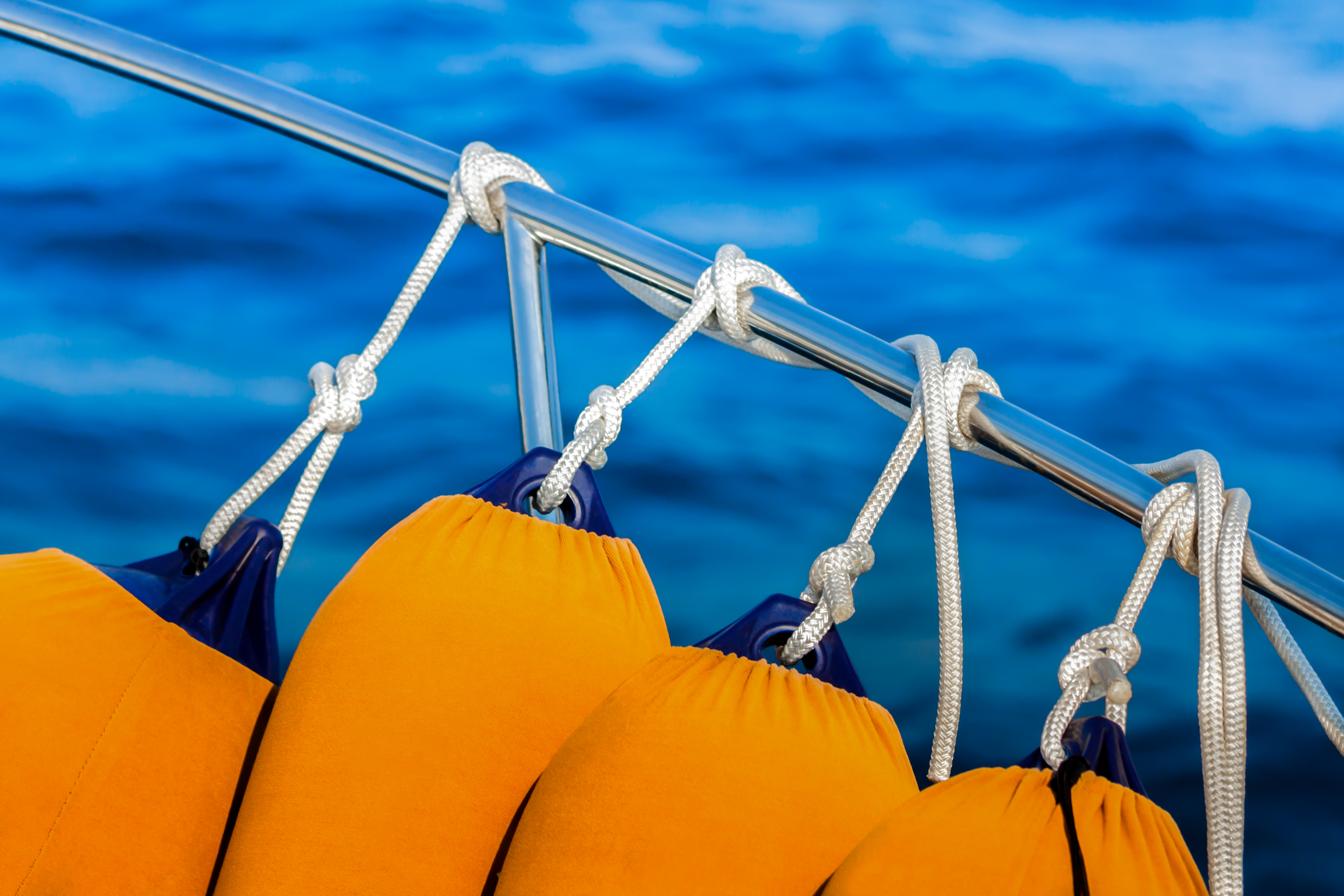
Once you have your boat fenders and have decided where to place them, it’s time to tie them on. Most vinyl fenders will come with a fender line already tied or spliced onto one end. If your boat fender does not have a line, grab a fender line and tie it to one end of the fender using the bowline knot.
Take the opposite end of the fender line and tie it to your boat rail using a clove hitch knot. This type of knot is best as it easily allows you to adjust the length of your fender line to place your boat fender in the perfect location.
If you decide to hang your boat fenders horizontally instead of vertically, tie a fender line to each side and tie the remaining free ends of both fender lines to your railing. How you choose to hang your fender — horizontally or vertically — is often based on the type of surface your boat will contact.
Decide if the fenders need to be tied vertically or horizontally. If you’re going alongside another boat, a flat area of a dock or a seawall, vertical fenders usually work well. If, on the other hand, you’re going alongside a piling or a post, most likely you’ll want to hang your fenders horizontally.
Have you used boat fenders to protect your boat? Tell us your favorite tricks you’ve learned along the way in the comments below!

